It looks like you're using an Ad Blocker.
Please white-list or disable AboveTopSecret.com in your ad-blocking tool.
Thank you.
Some features of ATS will be disabled while you continue to use an ad-blocker.
18
share:
In Åland islands ( autonomous region of Finland which has been inhabited by swedish speaking people in about 1500 AD ) infra red areal photography
have possibly spotted iron age longhouse which is 40 meters long and 12 meters wide. There has not been many similar longhouses at this size found,
one similar is in Birka west from Stockholm in inlands.
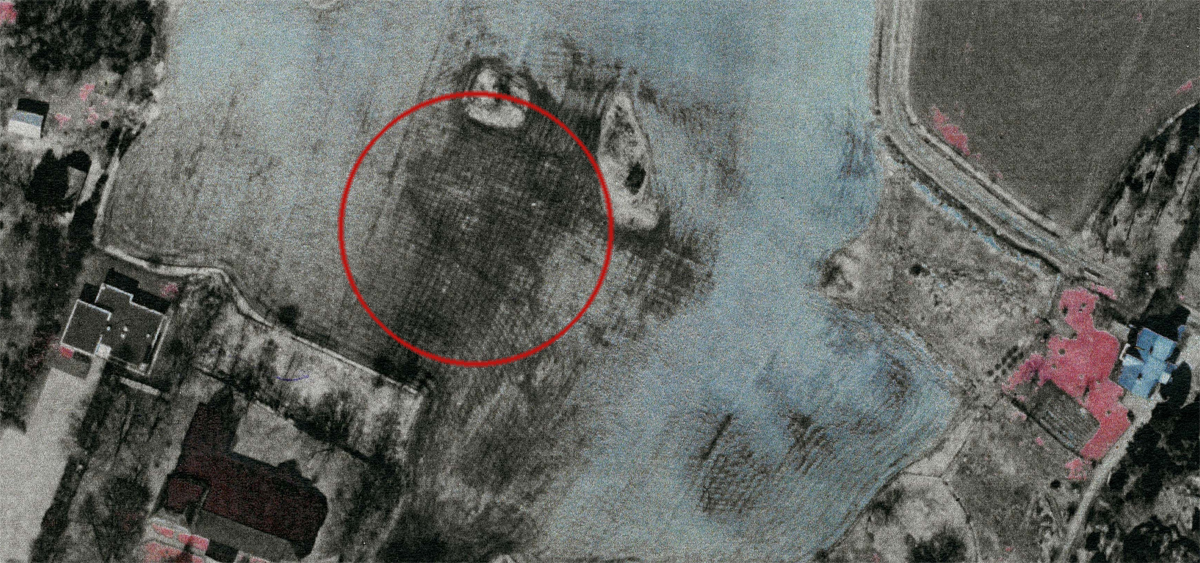
Archaeologists has not yet started digging the ruins out but have found several items which tells that this area was in use by elite at the time. Items found are from 6th AD to end of viking era.
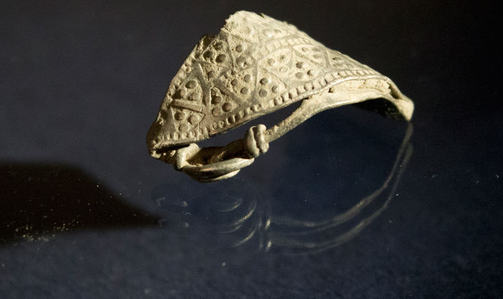
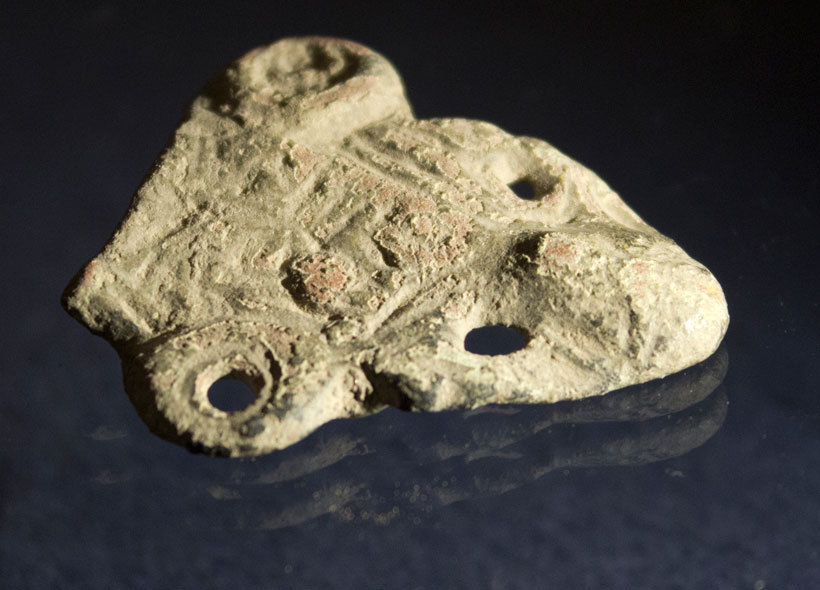

Åland islands as well as Gotland island are said to been a important commercial places and a part of King Fornjotr´s finnish empire according many outside nordic texts and nordic saga´s.
Map of Kvenland and finnish tribes
Historical Map of Europe at the death of Charles the Great, 814
Archaeologist estonian Kristin Ilves believes that this found will change everything we now know about social structure of the era.
Maybe this found will bring some light to King Fornjotr.
Link
Link
KING FORNJÒT OF KVENLAND, FINLAND AND GOTLAND
According to the medieval Orkneyinga saga, Fornjót was a "king", who "reigned over Gotland, which we now know as Finland and Kvenland".
According to Hversu Noregr byggðist, Fornjót's great-grandson Old Snow and his son Thorri were also kings. Old Snow is mentioned also in Ynglingasaga, in relation to Finland.
According to Hversu Noregr byggdist, Thorri "ruled over Gothland, Kvenland (Kænlandi), and Finland" - and the Kvens made sacrifices to Thorri.
The medieval accounts which discuss the royal lineages sprung from Fornjót and his descendants, mainly Nór and Gór, leading to the later rulers of Sweden and other countries, include - but are not limited to - the following:
The Beowulf (8th-10th century), Íslendingabók (8th-10th century), Poetic Edda (c. 800-1000), the Ynglingatal (late 9th century), Historia Norvegiæ (late 12th century), Skáldskaparmál (c. 1220), Hyndluljóð (13th century), Gesta Danorum (started c. 1185, finished c. 1216), Ynglinga saga (c. 1225), Orkneyinga Saga (c. 1230), Hversu Noregr byggðist (c. 1387), Ættartolur (1387).
Kvenlad and how it is described in ancient texts is another fascinating story.. i might add some links later

Archaeologists has not yet started digging the ruins out but have found several items which tells that this area was in use by elite at the time. Items found are from 6th AD to end of viking era.



Åland islands as well as Gotland island are said to been a important commercial places and a part of King Fornjotr´s finnish empire according many outside nordic texts and nordic saga´s.
Map of Kvenland and finnish tribes
Historical Map of Europe at the death of Charles the Great, 814
Archaeologist estonian Kristin Ilves believes that this found will change everything we now know about social structure of the era.
Maybe this found will bring some light to King Fornjotr.
Link
Link
KING FORNJÒT OF KVENLAND, FINLAND AND GOTLAND
According to the medieval Orkneyinga saga, Fornjót was a "king", who "reigned over Gotland, which we now know as Finland and Kvenland".
According to Hversu Noregr byggðist, Fornjót's great-grandson Old Snow and his son Thorri were also kings. Old Snow is mentioned also in Ynglingasaga, in relation to Finland.
According to Hversu Noregr byggdist, Thorri "ruled over Gothland, Kvenland (Kænlandi), and Finland" - and the Kvens made sacrifices to Thorri.
The medieval accounts which discuss the royal lineages sprung from Fornjót and his descendants, mainly Nór and Gór, leading to the later rulers of Sweden and other countries, include - but are not limited to - the following:
The Beowulf (8th-10th century), Íslendingabók (8th-10th century), Poetic Edda (c. 800-1000), the Ynglingatal (late 9th century), Historia Norvegiæ (late 12th century), Skáldskaparmál (c. 1220), Hyndluljóð (13th century), Gesta Danorum (started c. 1185, finished c. 1216), Ynglinga saga (c. 1225), Orkneyinga Saga (c. 1230), Hversu Noregr byggðist (c. 1387), Ættartolur (1387).
Kvenlad and how it is described in ancient texts is another fascinating story.. i might add some links later
a reply to: dollukka Nice thread!! Im a litle bit ignorant of nordic hitory, but from what i read and saw (documentary) most of
those constructions are circular, specially important ones, is this true? Since that building doesn't look circular, anyway it's amazing if the
dating is correct.
Very interesting information. At least it is to me because of my ancestral ties to that region.
a reply to: Bitxushanty
Longhouses were the important houses as everything what was going on specially trade was open in clear sights. I wonder what documentary it was ?
Longhouses were the important houses as everything what was going on specially trade was open in clear sights. I wonder what documentary it was ?
a reply to: dollukka
Nice find, I've always loved history and have recently started becoming interested in the Vikings. They are quite an interesting group of people.
Just imagine all the history that has been paved over and is sitting underneath parking lots, buildings, homes....
Bookmarked to read after work
Nice find, I've always loved history and have recently started becoming interested in the Vikings. They are quite an interesting group of people.
Just imagine all the history that has been paved over and is sitting underneath parking lots, buildings, homes....
Bookmarked to read after work
a reply to: dollukka I cant find the documentary, i'll keep looking, anyway i found a reference in a book called "Vikings the
fascinating history of a civilization" by Johannes Brondsted, i found it in Portuguese but he talks about one circular construction in a place
called Trelleborg (Denmark). But he also says it's a military construction a fortification, maybe the circular buildings are all forts.
edit
on 8275031x0000005801pm531 by Bitxushanty because: (no reason given)
edit on 8285231xu2201pm531 by Bitxushanty because: Bad English
writing
a reply to: Bitxushanty
You are talking about the fortress in Danmark its not a house similar fortresses has been found also in Southern Sweden.
You are talking about the fortress in Danmark its not a house similar fortresses has been found also in Southern Sweden.
A Mohawk Iroquois Village
LONGHOUSES
www.nysm.nysed.gov...
Iroquois Nation Native Americans
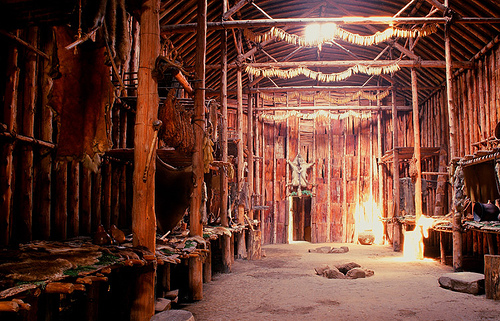
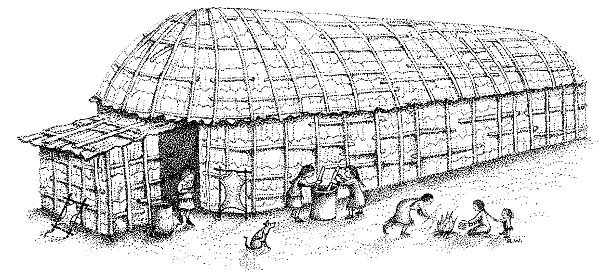
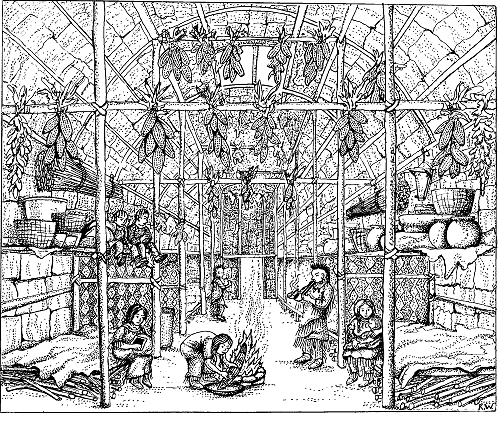
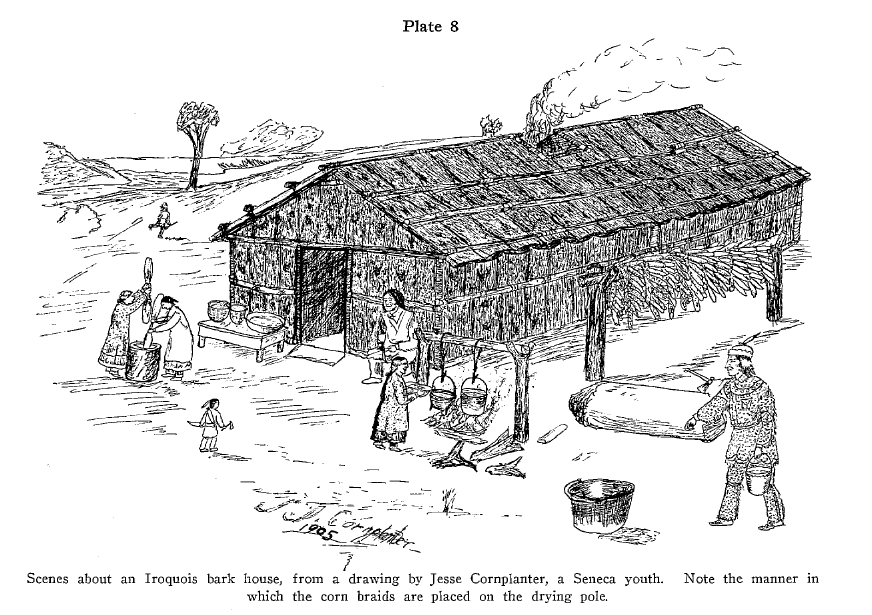
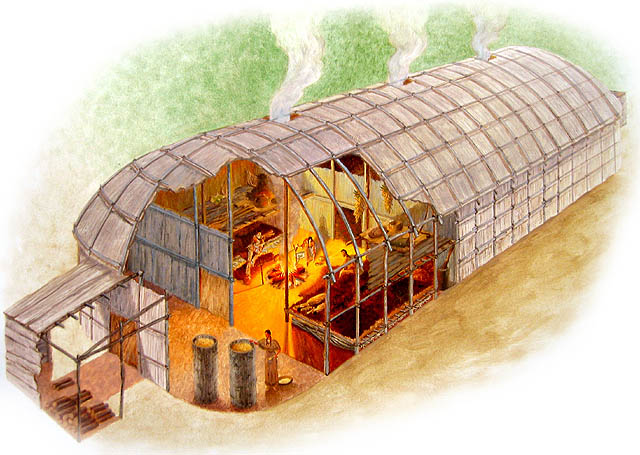
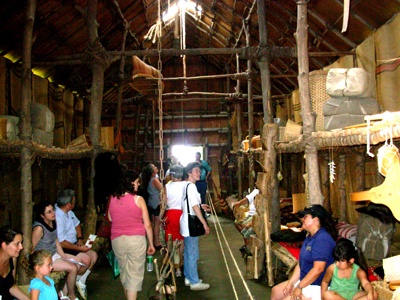
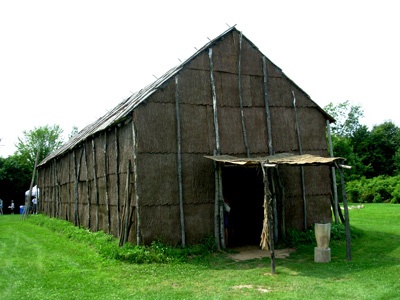
Vikings
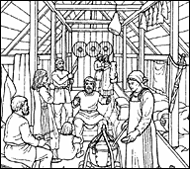
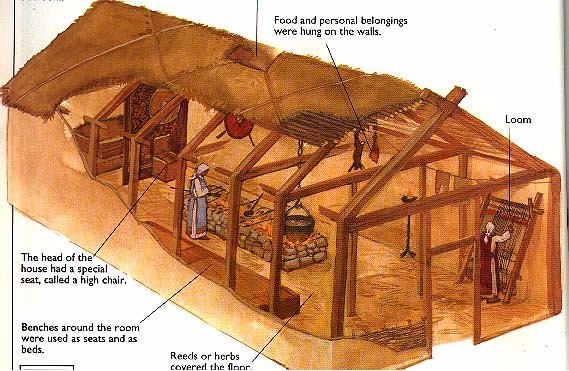
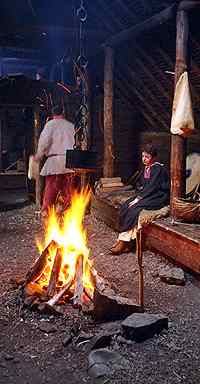
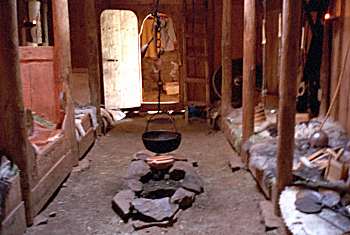
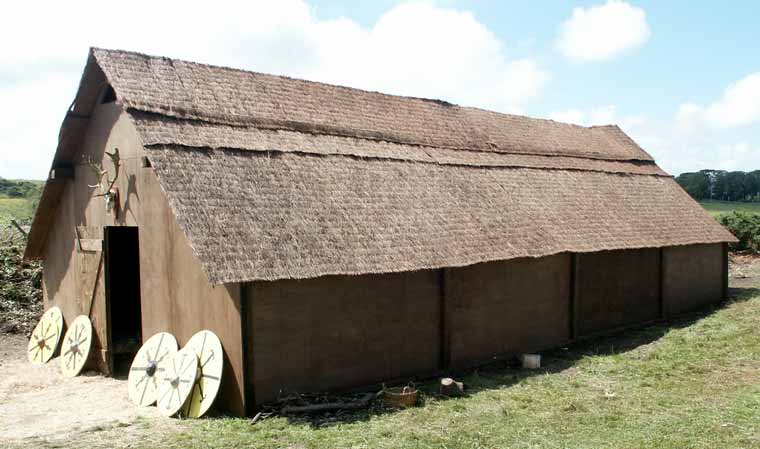
nice Op for posting anyhow.
interesting to note:
The Sami's From Norway Finland and Upper North East Native Americans ( mostly Cree ) have a lot of Similarity's as well of the same way of Living,
LONGHOUSES
www.nysm.nysed.gov...
Iroquois Nation Native Americans







Vikings





nice Op for posting anyhow.
interesting to note:
The Sami's From Norway Finland and Upper North East Native Americans ( mostly Cree ) have a lot of Similarity's as well of the same way of Living,
edit on 16-5-2014 by Wolfenz because: (no reason given)
Our ancestors were famous for their mead / beer halls:
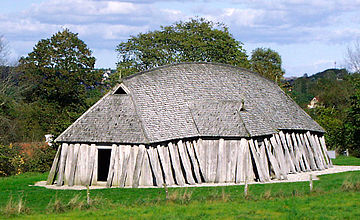
en.wikipedia.org...

In ancient Scandinavia and Germanic Europe a mead hall or feasting hall was initially simply a large building with a single room. From the fifth century to early medieval times such a building was the residence of a lord and his retainers. The mead hall was generally the great hall of the king. As such, it was likely to be the safest place in the kingdom.
en.wikipedia.org...
a reply to: Wolfenz
I agree and not only cultural similarities they also share similarities in certain DNA haplogroups which is linked to diabetes and the interferon when it was found were most in native americans and finnish people.
Not to forget sauna of course.
In lappland they have witch drums which has similarities to ones native americans have and much much more...
There is a lot of history still uncovered.. and lot of books to be rewritten and corrected.
I agree and not only cultural similarities they also share similarities in certain DNA haplogroups which is linked to diabetes and the interferon when it was found were most in native americans and finnish people.
Not to forget sauna of course.
In lappland they have witch drums which has similarities to ones native americans have and much much more...
There is a lot of history still uncovered.. and lot of books to be rewritten and corrected.
edit on 16-5-2014 by dollukka because: (no reason
given)
funny, gotland is right next to faro island
or a least its interesting when compared to my siggy thread
or a least its interesting when compared to my siggy thread
Exciting stuff! Thanks for the post. A lot can be learned from a simple gridded surface collection but I'll be more excited to see what the actual
excavations reveal.
originally posted by: dollukka
a reply to: Wolfenz
I agree and not only cultural similarities they also share similarities in certain DNA haplogroups which is linked to diabetes and the interferon when it was found were most in native americans and finnish people.
Not to forget sauna of course.
In lappland they have witch drums which has similarities to ones native americans have and much much more...
There is a lot of history still uncovered.. and lot of books to be rewritten and corrected.
exactlly
See below : this of what ive Posted [Say] 3 years ago what im talking about is the Sami Laplanders and Cree Indians
Who Were the Ancient Megalithic Builders?
www.abovetopsecret.com...
Then from that I decided to make a thread about similarity's of the OLD and NEW World
it didn't pan out two well as i was still new on threads look at the links in the thread
The Comparison of the Connection of the Old & New World Similarity's
www.abovetopsecret.com...
Im Quarter Native American Iroquois (Mohawk) & Northern Cree
and a Mash of Celtic Origin Irish, Scott's, French by the Way
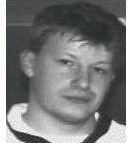
It Fascinates me about how Similar The Sami's Laplander's and Cree are, also The Viking (Norsemen) and Iroquois (Mohawks) have the same Usage of Certain Tools and (( Shelter )) that is Oceans Apart
From the Claims of Man that came from the Bering Strait ( The Bridge ) from Russia to Alaska 10,000 + years ago
from what i have seen pretty much could be all around the Polar Region as it looks
Speaking of Look
Lets Look at the one's that still have the nomadic hunter gatherer simple life in Russia's Territory shall we ... ?
List of minor indigenous peoples of Russia
en.wikipedia.org...
List of larger indigenous peoples of Russia
en.wikipedia.org...
The Area where I'm from
"Longhouse” means many things to the Haudenosaunee.
www.iroquoismuseum.org...
ok ok back on topic
The Viking Longhouse Discovery is interesting
as i have looked around on websites that shows foundations of the Norse Longhouses still existing around in !! ?
EXPLAINING "LONGHOUSE FOUNDATIONS" ON THE LABRADOR COAST
Addressing the Debate Raised in Farley Mowat's "Farfarers"
www.paabo.ca...
THE ORIGINS AND EXPANSIONS OF ANCIENT BOAT-ORIENTED WAY OF LIFE
Basic Introduction To The Theory of a Worldwide Expansion of Boat-peoples From Northern Europe
8000-5000BP
www.paabo.ca...
edit on 17-5-2014 by Wolfenz because: (no reason given)
new topics
-
Well this is Awkward .....
Mainstream News: 2 hours ago -
Kurakhove officially falls. Russia takes control of major logistics hub city in the southeast.
World War Three: 3 hours ago -
Liberal Madness and the Constitution of the United States
US Political Madness: 9 hours ago
top topics
-
New York Governor signs Climate Law that Fines Fossil Fuel Companies
US Political Madness: 17 hours ago, 21 flags -
Well this is Awkward .....
Mainstream News: 2 hours ago, 15 flags -
Liberal Madness and the Constitution of the United States
US Political Madness: 9 hours ago, 9 flags -
Kurakhove officially falls. Russia takes control of major logistics hub city in the southeast.
World War Three: 3 hours ago, 8 flags
active topics
-
The October Surprise has arrived
General Conspiracies • 41 • : fringeofthefringe -
Plane Crash Today --Azerbaijanian E190 passenger jet
Mainstream News • 44 • : andy06shake -
Meta Llama local AI system is scary good
Science & Technology • 31 • : glend -
New York Governor signs Climate Law that Fines Fossil Fuel Companies
US Political Madness • 24 • : theatreboy -
-@TH3WH17ERABB17- -Q- ---TIME TO SHOW THE WORLD--- -Part- --44--
Dissecting Disinformation • 3825 • : Thoughtful3 -
Why isn't Psychiatry involved?
Social Issues and Civil Unrest • 38 • : lilzazz -
Well this is Awkward .....
Mainstream News • 15 • : CriticalStinker -
Elon Musk futurist?
Dreams & Predictions • 18 • : lilzazz -
Kurakhove officially falls. Russia takes control of major logistics hub city in the southeast.
World War Three • 6 • : Oldcarpy2 -
NYPD arrests migrant who allegedly set woman on fire on subway train, watched her burn to death
Breaking Alternative News • 56 • : Bluediamond1952
18
